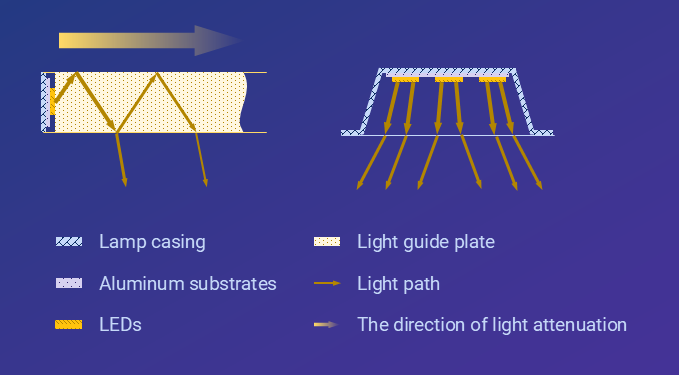ISN’T THERE ANY TECHNOLOGY INVOLVED IN LAMP ASSEMBLY?
Upload Time:
Nov 20, 2024
Recently, we have been preparing our new SUPER energy-saving

luminaires for export. I thought it would be a routine journey, because many people told us that there was no skill in assembling the lamps. Two kinds of fixtures were made, one for 220V AC and the other for 110V AC. We have utilized the same casing and light source, designed the same optical structures for the luminaires, and engineered similar drivers. The only difference is that one driver adapts to the 220V input, and the other to 110V. And then we tested the illuminance of the two luminaires at 1.5m. According to my original assumption, the test results of the two lamps should be about the same, shouldn’t they? However, the test results showed that the illuminance of the input 220V luminaire at 1.5 meters was 91 lx, while the illuminance of the 110V luminaire was 104 lx. This even exceeds the illuminance of 101lx of a 6W downlight at 1.5m. And the difference between the two has reached 14.3%. Life was like a box of chocolates, you never know what you’re gonna get, right? As you may have noticed, the biggest difference between the two lights is the difference in the input voltage. And that’s where the test results come in. It that the smaller the difference between the input voltage and the output voltage of the driver, the higher the luminous flux output by the luminaire, which also indicates a higher overall efficiency of the luminaire. This is an important guide for us to design the next generation of luminaire products. It is also one of the ways we improve our products. As a manufacturer and designer of lighting products, we constantly pay attention to the performance of our luminaires from various aspects in order to improve their functionality. We believe this is an essential quality for a lighting manufacturer to possess. So, do you still think that lighting manufacturers are merely assemblers without technology?
Relevant News









